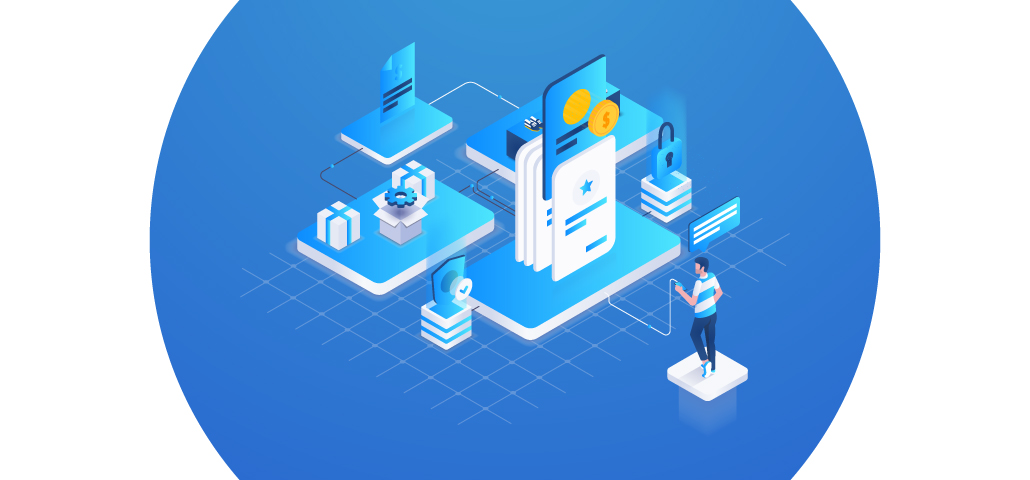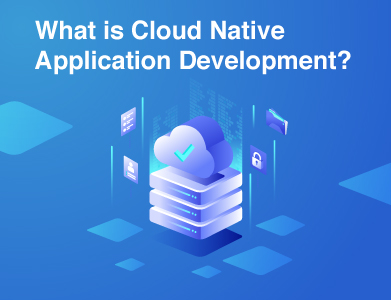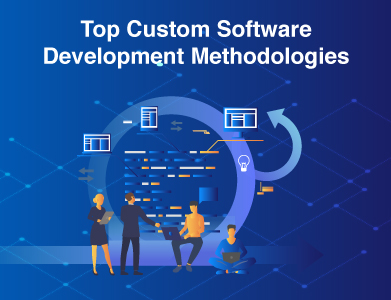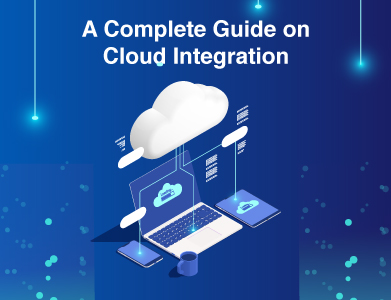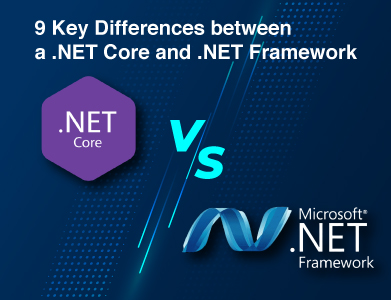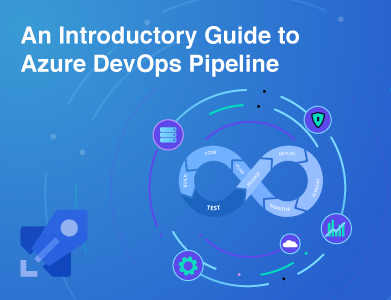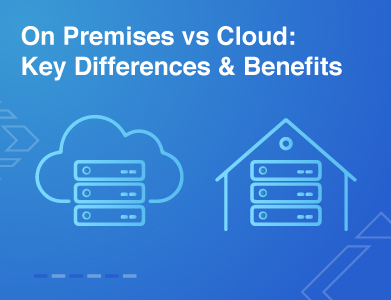Expertise
If you’re considering building your own payment gateway, chances are you’re tired of depending on third-party solutions. Maybe the transaction fees are adding up, or perhaps the user experience doesn’t reflect your brand’s identity. You might even be feeling the squeeze of limited customization options or clunky integrations with your existing tools. Whatever the reason, you’re not alone—many businesses are exploring how to take control of their payment processing.
This guide will break down everything you need to know about building a payment gateway. From understanding the basics to diving into the challenges, costs, and benefits, we’ll equip you with the knowledge to make informed decisions. By the end, you’ll understand the steps involved, the features to prioritize, and whether building your gateway is the right move for your business.
The Growing Need for Custom Payment Solutions
Did you know that the global payment processing market is expected to hit $198 billion by 2032? That’s up from $65.6 billion in 2022. This growth is fueled by businesses’ increasing need to offer seamless, secure, and customizable payment experiences to a global customer base.
Here’s why companies are exploring custom gateways:
- Rising customer expectations Customers expect frictionless, fast, and diverse payment methods.
- High transaction fees Using third-party payment processors can eat into your profits, especially with high volumes.
- Limited flexibility Many payment platforms don’t allow much room for customization or brand consistency.
- Globalization challenges Handling multi-currency payments and regional regulations often requires advanced solutions.
Building your own payment gateway can solve these problems. But first, let’s break down what a payment gateway is and how it works.
What Is a Payment Gateway?
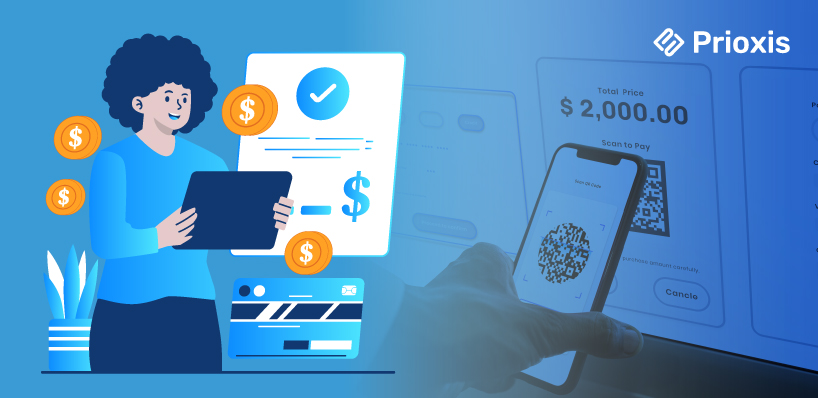
A payment gateway is the invisible bridge between a customer and a business. It securely transmits payment data, authorizes transactions, and ensures that money flows from the customer’s account to the merchants.
How It Works
- The Customer Pays A customer enters their card or payment details.
- Data Is Secured The gateway encrypts and transmits this data to the acquiring bank.
- Authorization Happens The bank verifies the transaction with the card issuer.
- Funds Are Settled If approved, the money is transferred to the merchant’s account.
Think of it as a virtual cashier—it takes care of the hard stuff like encryption, compliance, and communication between banks.
Why Build Your Own Payment Gateway?
So, why would a business want to invest in creating a payment gateway when third-party solutions already exist? Here are the most compelling reasons:
1. Cost Savings Over Time
Transaction fees from platforms like Stripe or PayPal can be a significant expense. If you’re processing thousands (or millions) of transactions annually, even a small percentage fee adds up. Building your gateway involves upfront costs, but it could save you money in the long run.
2. Full Customization
Every business is unique, and your payment system should reflect that. Whether you need to integrate payment links, subscription billing, or multi-currency support, owning your gateway gives you complete control. Tailor the user experience and features to your exact needs.
3. Global Reach
Do you have international customers? A custom gateway allows you to support 100+ global payment methods, from credit cards to digital wallets like Paytm and Alipay. You can even handle real-time currency conversions and local payment preferences.
4. Enhanced Security
Fraud prevention tools like AI-driven detection and tokenization can be built directly into your system. This means you’re not just compliant with PCI DSS or GDPR—you’re actively staying ahead of security threats.
The Challenges of Building Your Own Gateway
It’s not all sunshine and rainbows, though. Building a gateway is complex, expensive, and time-intensive. Here’s what you need to consider:
1. Compliance and Certifications
Handling payments means dealing with stringent compliance requirements like PCI DSS, GDPR, and regional tax laws. Certification processes can take months and require dedicated expertise.
2. High Upfront Costs
On average, developing a minimum viable product (MVP) for a gateway costs between $200,000 and $250,000. And that’s just the starting point—maintenance, updates, and scaling will require ongoing investment.
3. Security Responsibilities
You’ll need to implement tools like SSL encryption, two-factor authentication, and fraud detection mechanisms. Regular security audits will also be essential to stay compliant and protect customer data.
4. Technical Expertise
From database management to API integrations with acquiring banks and card networks, this is a highly technical project. If your in-house team doesn’t have the expertise, you’ll need to hire specialized developers.
Steps to Build Your Own Payment Gateway
Ready to dive in? Here’s a step-by-step guide to get you started:
1. Plan and Research
- Identify your target audience: Are you building for e-commerce businesses, SaaS platforms, or global enterprises?
- Define the payment methods you’ll support: Credit cards, digital wallets, UPI, etc.
- Research regulatory requirements in the regions you’ll operate in.
2. Build the Infrastructure
- Use cloud platforms like AWS, Azure, or Google Cloud for scalable and redundant servers.
- Implement robust databases like PostgreSQL or MongoDB to handle transaction data securely.
3. Partner with Financial Institutions
- Establish relationships with acquiring banks to process payments.
- Integrate with card networks like Visa, Mastercard, and AMEX.
4. Develop APIs
Create APIs that merchants can easily integrate into their systems. Use RESTful APIs and tools like Swagger for clear documentation.
5. Design the User Interface
- Build pre-built forms, customizable checkout pages, and SDKs for developers.
- Focus on a seamless, branded user experience.
6. Implement Security Features
- Use tokenization to replace sensitive data with secure tokens.
- Enable fraud detection tools like transaction monitoring and IP geolocation.
7. Test Extensively
Run stress tests, penetration tests, and usability tests to ensure your gateway can handle high transaction volumes while remaining secure.
8. Launch and Maintain
Deploy your gateway in stages and gather feedback from initial users. Regular updates will be critical to staying competitive and compliant.
Features Your Payment Gateway Should Include
To stand out and deliver a top-notch experience, consider these must-have features:
1. Diverse Payment Methods
- Accept 100+ payment options, including credit cards, UPI, bank transfers, and digital wallets.
- Support multi-currency payments with real-time conversions.
2. Subscription Billing
Enable recurring payments for SaaS businesses with usage-based billing and automated invoicing.
3. Advanced Fraud Prevention
- Integrate tools like Radar for real-time fraud detection.
- Use multi-factor authentication to secure user accounts.
4. Financial Tools
- Provide revenue recognition and accounting automation features.
- Automate tax calculations for global compliance.
5. Seamless Checkout
- Offer pre-built checkout pages and accelerated checkout options like Link.
- Allow businesses to embed payments directly into their platforms.
The Costs of Building a Gateway
You might be wondering, “Is it worth the investment?” Let’s break down the costs:
- Development $200K–$250K* for the MVP.
- Compliance Annual PCI DSS audits can cost $15,000–$40,000*.
- Maintenance Security updates, feature enhancements, and scaling can add another $50,000–$100,000* annually.
If your business processes high transaction volumes, these costs could be offset by saving on third-party fees. For smaller businesses, using a white-label solution might be a more practical option.
Alternatives to Building a Gateway
Not ready to commit to building from scratch? Here are some alternatives:
1. White-Label Solutions
License an existing payment gateway and customize it to fit your needs. This can save time and reduce upfront costs.
2. Third-Party Providers
Platforms like Stripe, PayPal, and Square offer robust solutions with global reach. However, they come with transaction fees and limited customization.
3. Hosted Payment Gateway Services
Outsource the technical and compliance responsibilities to a service provider while retaining some control over branding.
The Future of Payment Gateways
Payment technology is evolving at breakneck speed. Trends like embedded finance, crypto payments, and AI-powered fraud detection are shaping the future. Businesses that invest in scalable, secure, and flexible payment solutions will be better positioned to meet these changes head-on.
Final Thoughts
Building your own payment gateway is a big undertaking, but it can deliver significant long-term benefits if done right. You’ll gain control over your payment processes, save on fees, and offer a better experience for your customers. That said, it’s not for everyone. Carefully weigh the costs, challenges, and benefits to decide if this is the right move for your business.
If you’re ready to take the leap, start by assembling a skilled team, researching compliance requirements, and outlining your roadmap. With the right approach, your payment gateway could become a game-changer for your business.
